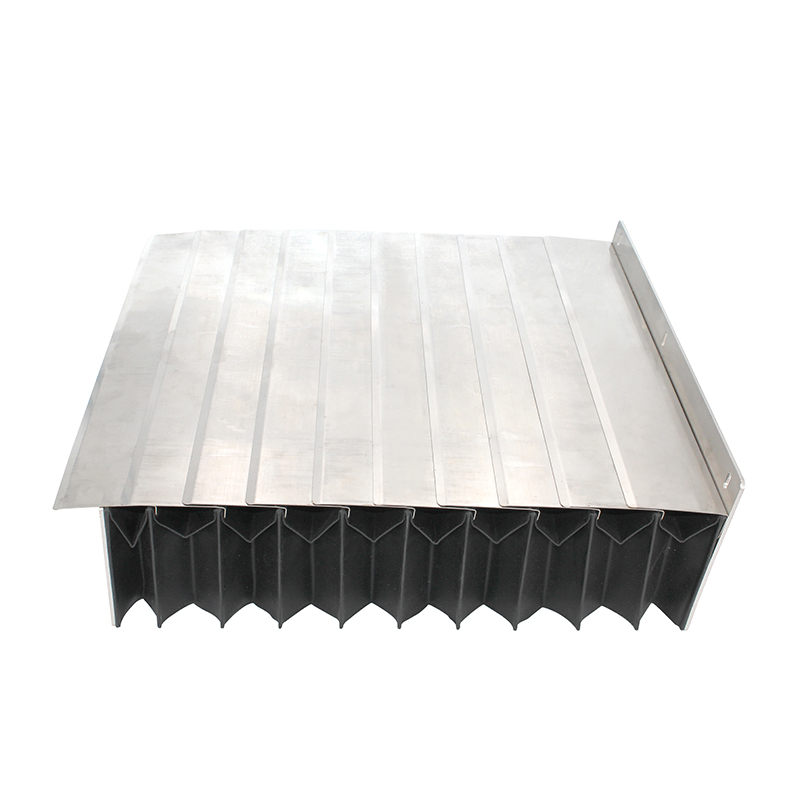flexible cable chain
The Versatility and Importance of Flexible Cable Chains in Modern Engineering
In today's fast-paced industrial landscape, the demand for efficient and reliable machinery is ever-increasing. One of the pivotal components that contribute to the smooth functioning of various automated systems is the flexible cable chain. These ingenious devices are designed to manage and protect cables and hoses in a variety of applications, ranging from manufacturing machinery to robotics and beyond. This article explores the significance, application, and benefits of flexible cable chains in modern engineering.
Understanding Flexible Cable Chains
Flexible cable chains, also known as cable carriers or drag chains, are systems that guide and protect flexible cables and hoses during movement. They typically consist of a series of interlinked links that form a flexible and adaptable structure. This enables the chains to bend and twist while keeping the cables organized and secured, allowing for free movement without the risk of tangling or damage.
The design of flexible cable chains often incorporates materials such as plastic, aluminum, or steel, depending on the required application. Innovations in material science have led to the development of lightweight, yet durable, options that enhance mobility and strength. The versatility of these chains is further emphasized by their ability to accommodate various diameters and types of cables, including power, data, and pneumatic lines.
Applications in Various Industries
Flexible cable chains find applications across diverse industries due to their adaptability and efficiency.
1. Manufacturing Automation In automated production lines, flexible cable chains ensure that power and data cables remain organized and inaccessible to mechanical parts. This protects the cables during the high-speed movements of robotic arms and conveyor systems, significantly reducing wear and tear.
2. Cranes and Hoisting Equipment In crane systems, flexible cable chains play a crucial role in guiding and protecting control cables and hoses for hydraulic functions. This ensures smooth operation and enhances safety in lifting heavy loads.
3. Medical Equipment The healthcare industry benefits from flexible cable chains through improved mobility in medical devices. They ensure that essential cables remain tangle-free and functional, allowing for better efficiency in operating rooms and other critical environments.
4. Renewable Energy In the renewable energy sector, particularly wind and solar power, flexible cable chains are used to manage and protect the cables in dynamic situations such as moving solar panels or rotatable wind turbine blades. This contributes to energy efficiency and the longevity of the equipment.
flexible cable chain

5. Transportation and Logistics Automated guided vehicles (AGVs) and conveyor systems utilized in warehouses and logistics centers utilize flexible cable chains to maintain cable integrity during rapid movements and turns, ensuring reliable communication and power supply.
Advantages of Using Flexible Cable Chains
The use of flexible cable chains comes with numerous advantages, making them a preferred choice in various engineering applications
- Space Efficiency Flexible cable chains help in organizing cables neatly, allowing for better space utilization in machinery and preventing clutter.
- Improved Safety By containing moving cables, these chains reduce the risk of accidents or equipment failure caused by tangling or wear, thus enhancing safety in the workplace.
- Ease of Maintenance With organized cables and hoses, maintenance procedures become simpler and quicker, significantly reducing downtime in production processes.
- Customization Options Many manufacturers offer customizable cable chains tailored to specific applications, ensuring optimal performance and compatibility with existing systems.
- Cost-effectiveness By prolonging the life of cables and hoses and reducing the need for frequent repairs or replacements, flexible cable chains can lead to significant cost savings over time.
Conclusion
In conclusion, flexible cable chains are an integral part of the modern engineering landscape. Their ability to protect, organize, and facilitate the movement of cables in various applications not only enhances operational efficiency but also contributes to safety and reliability. As industries continue to evolve and adapt to new technologies, the importance of flexible cable chains will undoubtedly continue to grow, making them indispensable in paving the way for future advancements in automation and engineering.








